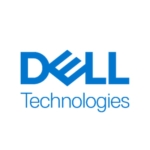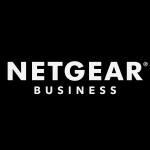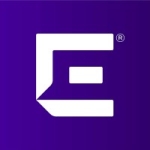What is our primary use case?
The primary use case is for the core network infrastructure of our data centers. We use Nexus and the FEX line of products to interconnect all of the server infrastructure, as well as external connections that come in from our outside vendors.
How has it helped my organization?
This solution streamlines how we have to configure things because we can do everything from one device, whereas if we had individual devices we would have to go to each one and configure them manually.
What is most valuable?
The most valuable features are the flexibility of the blade infrastructure, as well as the FEX integration.
What needs improvement?
I would love to see Active/Active FEX connectivity, which is enhanced vPC, where we could also do a vPC from a server in that type of configuration. It's still a limitation that's been carried over from the 7K that I'm surprised is still absent from the 9K. Including this would give us the highest level of redundancy without risking having orphaned ports, which we do have at times.
For how long have I used the solution?
Approximately one year.
What do I think about the stability of the solution?
At this point, I am happy with the stability of this solution. It has been better than the 7K line.
What do I think about the scalability of the solution?
The scalability seems pretty solid. We're not a very large company, so we don't max out any of the limitations of the solution.
How are customer service and technical support?
I have not dealt directly with technical support, although I have received feedback from my engineers. What little support we've needed has worked out very well.
Which solution did I use previously and why did I switch?
I have nearly ten years of experience with the Nexus 7K line. Our change was primarily driven by the company's requirement to maintain our equipment. With the 7K line going out of support shortly, we had to move to a supported platform to meet regulatory requirements.
How was the initial setup?
The initial setup of this solution is straightforward. The similarities between the 9K and the older 7K helped with the transition. It didn't complicate things because the functionalities are so similar that it was easy enough to transfer our current configuration over. We were even able to make slight adjustments for improvement.
What about the implementation team?
We used CompuNet to assist us with the implementation.
The engineer was great, but the project manager wasn't so great. He didn't really manage the project. I came in late, in the middle of the project, and ended up putting it on hold because there was no plan. They were trying to implement within a couple of weeks. So, I had to put it on hold for about three months before we actually were able to move our core over to the new 9K infrastructure.
What was our ROI?
With the implementation of the FEX infrastructure, it is going to save us a lot of time. We are incapable of implementing new connectivity for new hardware devices without having the ability to manage multiple devices.
Besides, the ROI for this solution is that it gets me off of the audit list.
What's my experience with pricing, setup cost, and licensing?
We only have a yearly support contract, as we do not use any of the subscription-based functions at this time.
Which other solutions did I evaluate?
We only evaluated solutions by Cisco.
What other advice do I have?
With the feature set we are using now, I cannot think of any major changes that we would require. In the future, as we move into a hybrid cloud strategy, I may see opportunities for improvement.
There are still limitations within the product.
My advice for anybody researching this solution is to make sure that it meets your requirements. From a stability standpoint, it works, but not every feature set that you may need or require is there, so you have to look at it closely.
I would rate this solution a nine out of ten.
Disclosure: My company does not have a business relationship with this vendor other than being a customer.










